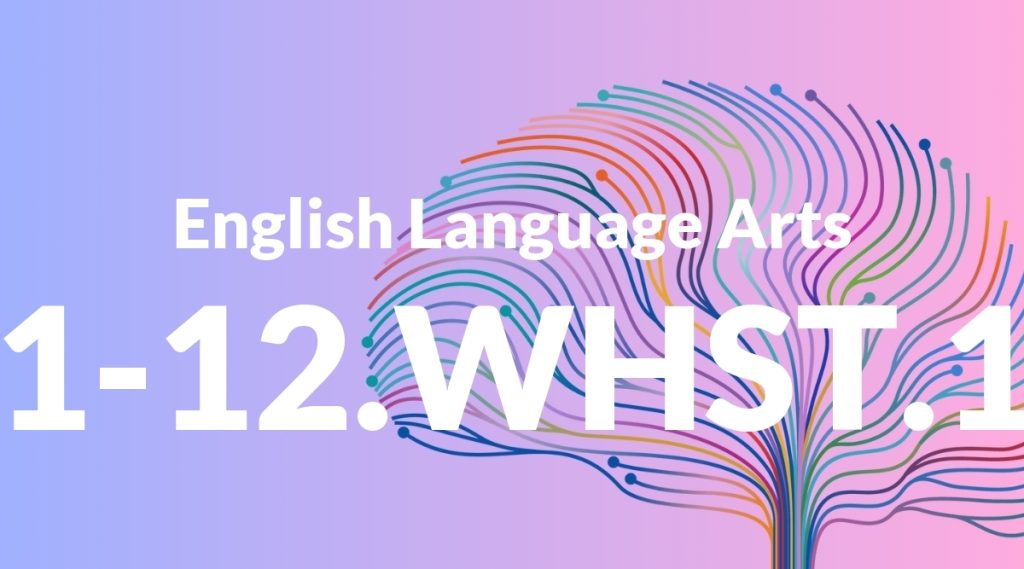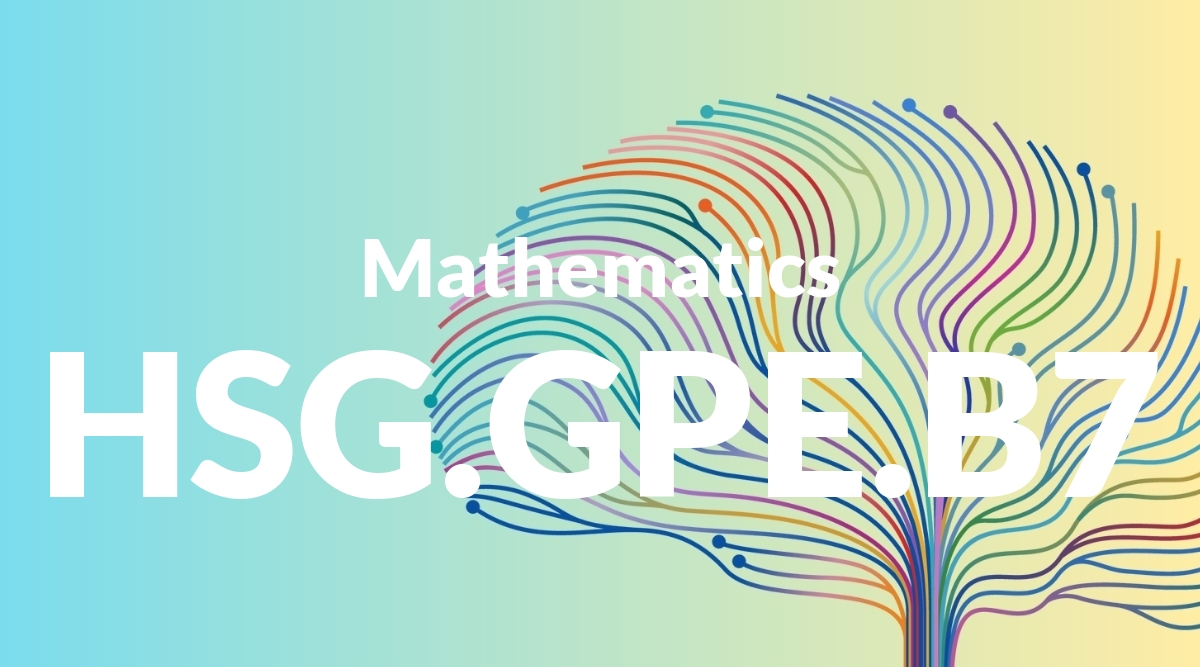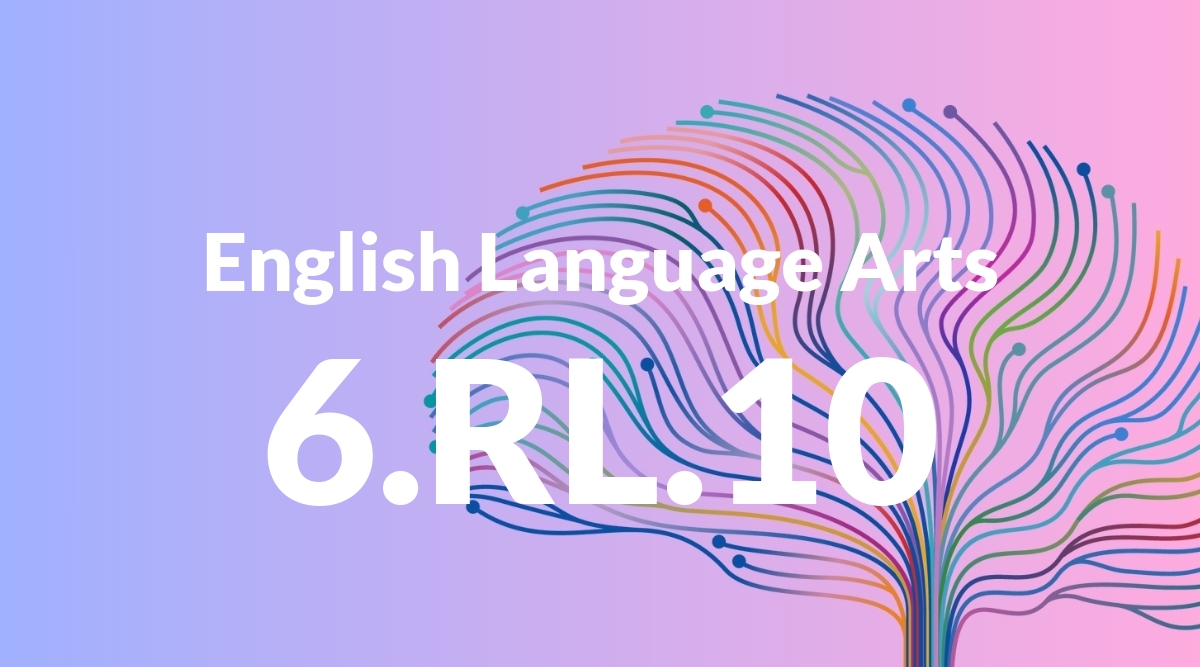Standard: 11-12.WHST.1 – Write arguments focused on discipline-specific content.
Grade level: Grade 11-12
Subject: English Language Arts
Domain: Writing: History, Science & Technical Subjects
Teacher Overview
This standard focuses on teaching students how to write arguments that are specific to the content and conventions of history, science, and technical subjects. It is crucial because it helps students develop the ability to engage critically with content and express their understanding in a structured, evidence-based manner. Students need to be comfortable with basic argumentative writing techniques and familiar with the specific content areas they will be writing about. They should know how to formulate a thesis, support it with evidence, and address counterarguments.
After mastering this standard, students will be able to craft sophisticated arguments tailored to different disciplinary audiences. They will be skilled in integrating multiple sources of evidence and critically evaluating the credibility of their sources.
Common Misconception 1
One common misconception is that argumentative writing in history, science, and technical subjects follows the same rules as general English essays. This is incorrect because each discipline has its own conventions and expectations for argumentation.
Intervention 1
To address this misconception, provide students with examples of arguments from each discipline and discuss the unique features and conventions of each. Encourage students to analyze these examples and practice writing their own discipline-specific arguments.
Common Misconception 2
Another misconception is that persuasive writing does not require evidence from credible sources. This is incorrect because strong arguments in any discipline rely on credible evidence to support claims.
Intervention 2
Teach students how to identify credible sources and integrate evidence into their arguments. Use activities that involve evaluating the credibility of different sources and incorporating them into writing assignments.
Prerequisite Knowledge
Students should have a foundational understanding of basic argumentative writing structures, including how to formulate a thesis, provide supporting evidence, and address counterarguments. They should also be familiar with the specific content and terminology of the disciplines they are writing about.
Subsequent Knowledge
After mastering this standard, students will be able to craft more sophisticated and nuanced arguments. They will be able to integrate multiple sources of evidence, critically evaluate the credibility of their sources, and tailor their writing to different disciplinary audiences.
Instructional Activities
- Analyze examples of discipline-specific arguments
- Practice writing thesis statements and supporting them with evidence
- Evaluate the credibility of different sources
- Participate in debates on historical or scientific topics
- Create a research paper or technical report with argumentative elements




